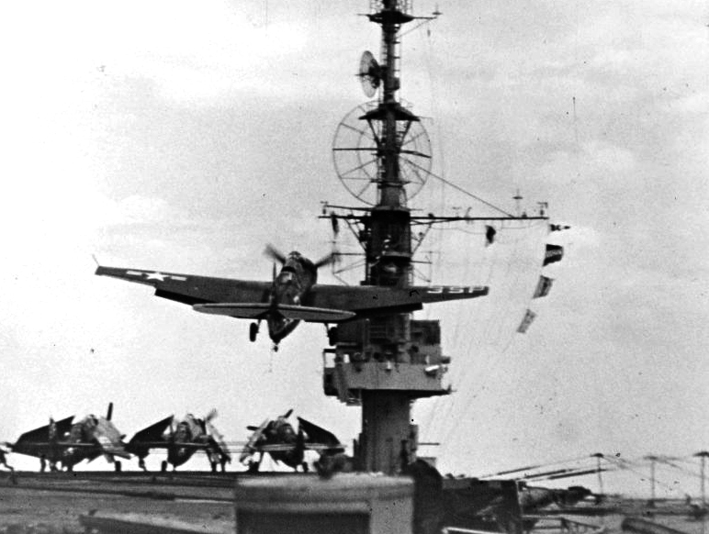army fighters on Takao do not have the range to escort bombing missions.
IRL longe range missions were for the Navy, also the Army build air bases in Philippines just after the first landings.
Navy Air Force Operations in Philippines
http://www.ibiblio.org/hyperwar/AAF/USS ... JO-15.html
http://www.history.army.mil/books/wwii/ ... P1/ch6.htm
As a result of these considerations, Imperial General Headquarters decided to throw the entire effort during the first few days of hostilities into a powerful and sustained air offensive against the major concentrations of enemy air strength. Since these were located principally in the Manila area and farther south, beyond
the range of Japanese Army planes operating from southern Formosa, it was necessary to obtain the cooperation of naval air strength, including long-range bombers based in southern Formosa, as well as seaplane and carrier forces. The boundary of air operations between the Army and Navy was to be fixed at 16 degrees N. Lat., placing all the enemy's major bases in the Manila area within the Navy's operational sphere. (Plate No. 16)
Imperial General Headquarters estimated that enemy air resistance would be sufficiently neutralized within two to four days to permit execution of the next step in the operational plan: the landing of advance detachments on northern and southern Luzon with the mission of seizing air bases at strategic points and quickly preparing them for operational use by the Japanese forces. The airfields at Aparri, Laoag and Vigan were designated as the initial objectives on northern Luzon, while the southern Luzon force was to seize the airfield at Legaspi. Prior to the advance landings on Luzon Proper, occupation of Bataan Island, 150 miles north of Aparri, was planned as a preliminary step to facilitate fighter cover of the north Luzon landings.14



